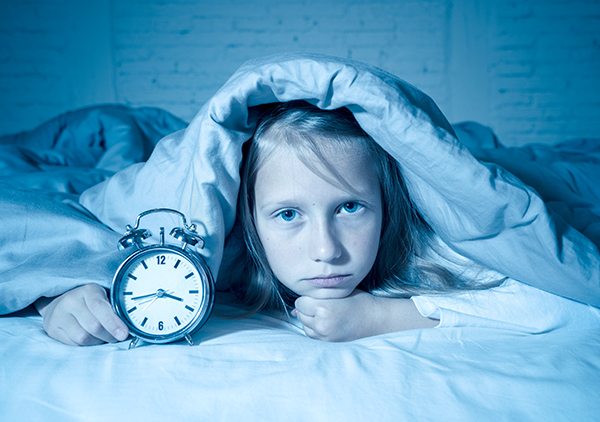
Submitted by Todd Gray, DDS, D.ASBA, Koala Center for Sleep Disorders
There is no doubt that the beginning of the 2020 school year will have many challenges. Some can be anticipated and some can’t. But, one thing that everyone can agree on is the importance of children getting a good night’s sleep. Therefore, it’s important for parents, teachers, family physicians, pediatricians, and dentists to be aware of the many signs and symptoms of improper breathing and sleep related breathing disorders (SRBD) in children. Why? Because recent research has indicated that there is a strong connection between many childhood health and behavioral issues such as ADHD, allergies, bedwetting, and headaches, that are caused by sleep disordered breathing. In fact, it is estimated that nine out of ten children exhibit at least one symptom of SRBD.
So just what is SRBD? It is a wide spectrum of abnormal sleep related breathing issues that are most often caused by an airway that is too narrow or is constricted in some way. The obstruction is often caused by teeth or jaws that aren’t aligned correctly; tonsils and/or adenoids; or tongue position. This inadequate airway causes the child to have trouble getting enough oxygen at night which in turn brings on frequent episodes of interrupted breathing that limits deep sleep and leads to overall poor quality of sleep night after night. The health consequences of untreated SRBD depend on the severity of the condition.
Children who do not have sleep disordered breathing problems will breathe silently through their nose with their mouth closed. Following are some things to look for at night while your child is sleeping that may be a sign of SRBD.
- Breathing through the mouth
- Snoring or loud breathing that can be heard
- Restless sleep; tossing and turning
- Bedwetting
- Nightmares
Following are some daytime symptoms that may be caused by SRBD
- Hyperactivity
- Chronic allergies
- Difficulty in school
- Crowded or crooked teeth
- Swollen adenoids or tonsils
- Aggressive behavior
- Daytime drowsiness
If a child exhibits any of the above signs and symptoms, the child should be further evaluated by a fully trained medical or dental professional in the management of SRBD. This evaluation will determine the root cause of the problem and offer solutions. It may be necessary to collaborate with multiple medical professionals to evaluate all the various factors that may be contributing to sleep and breathing issues.
SRBD in children is a more common and critical problem than previously thought. It can manifest itself in a variety of ways that can be easily overlooked, misdiagnosed, and most unfortunately, left untreated. Until recently, there weren’t really a lot of treatment options for children. In some cases, surgical removal of the tonsils or adenoids can be helpful, however the expansion of the dental arches will likely be needed to reach the optimum airway size.
However, there is a new treatment option called the Healthy Start System that is specifically designed to gently guide the growth of a child’s jaw and teeth, which opens the airway, thus allowing adequate oxygen flow and resulting in deep, restful sleep. This system is a series of oral appliances that are worn for a few hours during the day or at night. It can be started with children as young as two years of age. The earlier treatment is started, the better the results.
For more information on the Healthy Start System for children or Oral Appliance Therapy for snoring, sleep apnea, and TMJ Disorder, please contact Dr. Gray at the Koala Center for Sleep Disorders in Bloomington at 309-319-6568 or visit bloomingtonsleep.com to schedule an appointment.

